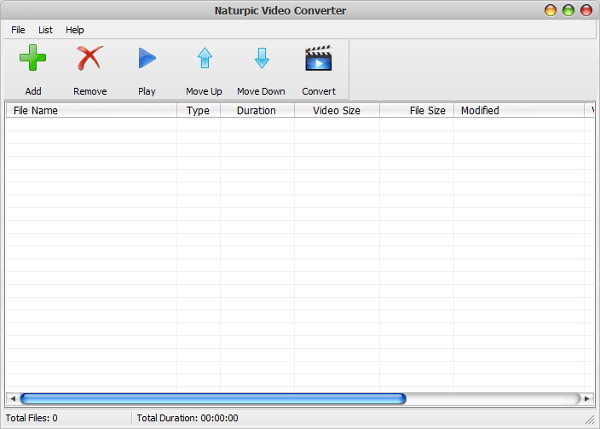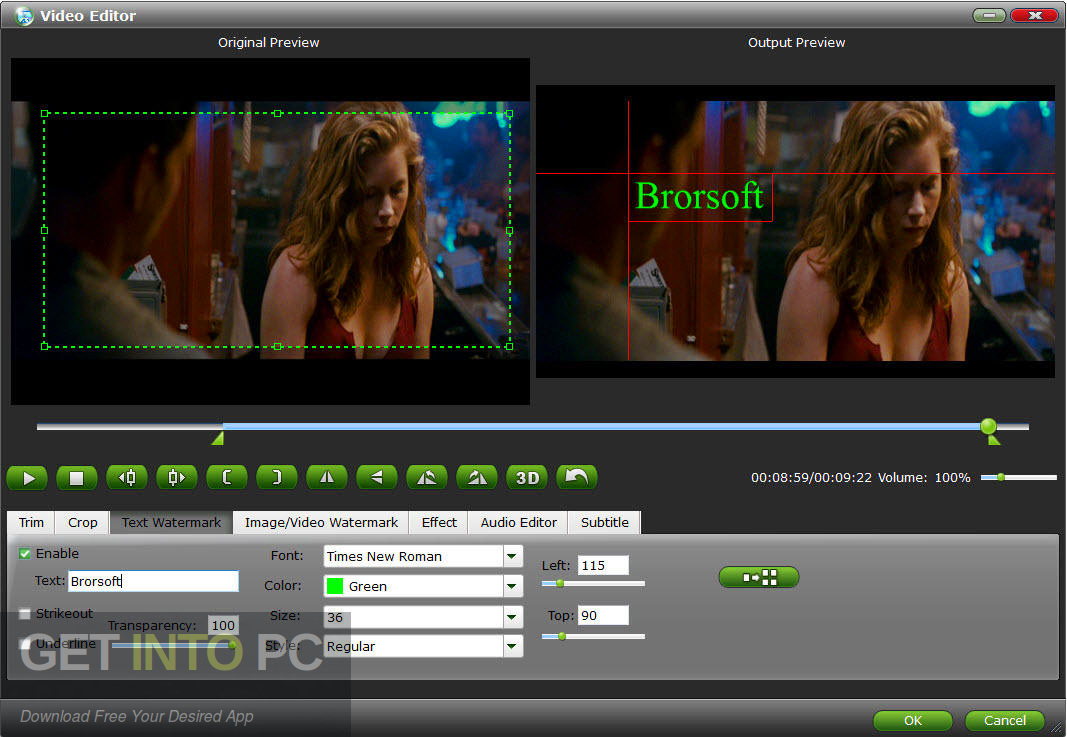

- #BRORSOFT VIDEO CONVERTER FOR MAC SLOW MOTION SOFTWARE#
- #BRORSOFT VIDEO CONVERTER FOR MAC SLOW MOTION SERIES#
- #BRORSOFT VIDEO CONVERTER FOR MAC SLOW MOTION FREE#
Now, in the following tutorial, I will show you how AVCHD Lite to iMovie Converter for Mac works. By transcoding Panasonic DMC-FT1 AVCHD Lite to iMovie friendly foramt MOV, and then importing the converted files to iMovie, the image quality will no longer suffer with the program.
#BRORSOFT VIDEO CONVERTER FOR MAC SLOW MOTION SERIES#
It is a proffessional converting sofware specially-designed for Panasonic Lumix DMC series which only capture AVCHD Lite footages. Hoping that the quality of Panasonic DMC-FT1 AVCHD Lite videos will not suffer because of the x2 import, finally, I found Brorsoft AVCHD Lite Converter for Mac.In addition, a part of people think they could export the video from Imovie, then read it in slow motion with vlc, but that's not exacly what they want to do. Some Panasonic DMC-FT1 owners have also downloaded the raw format (.mts) on their computers (almost all the videos, except 3 - 4 that they only have on Imovie now, at speed x2) which they can read with vlc, but in this way the quality does suffer a little bit. He tried everything on Imovie but with no success. After searching and reading the posts from Apple's forum, I found out that He was not the only one who experienced that problem.

However, my friend comes to complain that when he plugs in the camera, Imovie can read the video from it right away, but the problem is once the video is imported, when you read the video now from the computer (still with Imovie), it is read at twice the regular speed.
#BRORSOFT VIDEO CONVERTER FOR MAC SLOW MOTION SOFTWARE#
The software recognizes the camera, displays all the clips recorded and offers preview to choose the clips to import.
#BRORSOFT VIDEO CONVERTER FOR MAC SLOW MOTION FREE#
And a good news for Mac users is the recently updated iMovie 8.0.3 (part of the free iLife suite) introduces direct AVCHD Lite import. With an HDMI port on the side of the camera, and included software to transcode the resulting video files, the implementation here is as fully fledged as we'd expect. Using a format known as AVCHD Lite, a proprietary format based off AVCHD (used in many camcorders) and jointly developed by Panasonic and Sony, the FT1 is capable of recording in 720p. The Panasonic Lumix DMC-FT1's video taking is (so far) the best we've seen on a still compact camera.To adjust the speed of the selected range or an area outside it, drag any of the three speed sliders at the top of the clip. To have the speed changes occur gradually, select the Smooth checkbox. When you play back the clip, it begins playing at normal speed, then changes to the speed you set, then returns to normal speed again at the end of the clip.

The speed change is applied to the selected range, and speed sliders appear above the selected range and any areas of the clip outside the selected range. Set a custom speed for the selected part of the clip: Click the Speed pop-up menu, choose Custom, and type a number in the field. Speed up the selected part of the clip: Click the Speed pop-up menu and choose Fast.īy default, the speed is set to twice normal speed (2x), but you can click any speed button. Slow down the selected part of the clip: Click the Speed pop-up menu and choose Slow.īy default, the speed is set to 50%, but you can click any speed button. To show the speed controls, click the Speed button. In the iMovie app on your Mac, select a range in a clip in the timeline by holding down the R key and dragging across the clip. Any part of a clip can be sped up or slowed down, and you can choose whether to smoothly transition the frame rates between the part with the speed change and the rest of the clip.


 0 kommentar(er)
0 kommentar(er)
